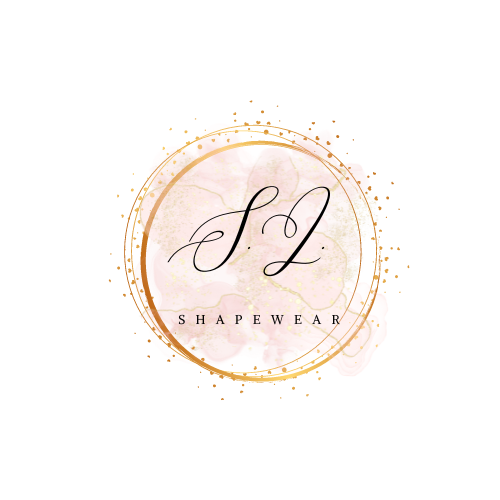Sizing Help Guide
Sizing for shapewear is not all the same, and choosing the right size is crucial. It's common to think that a tighter waist will yield better results, but it's essential to select your true size, based on accurate waist and weight measurements.
For example, waist trainers are designed to be snug, as their purpose is to cinch your waist, unlike regular clothes that fit more comfortably. Typically, the size you select based on our size chart will feel tight initially. This is why we suggest following the specific size recommendations for each product. Many of our waist trainers feature three rows of adjustable hooks, providing both the ideal fit and the desired level of compression.
If you're between sizes, it's better to size up to avoid discomfort and ensure you continue using your trainer effectively. Remember, the goal is to enhance your waist training experience, not hinder it by choosing a size too small. This also applies to other shapewear pieces
To ensure you select the most accurate size, please consult the size chart available on the product page of the item you're interested in purchasing.
- If you lack a body measuring tape and prefer to use a general guideline that works for 80% of our customers, consider ordering one size larger than your usual size for a new, snug-fitting tank top or T-shirt (not the size of a loose hoodie you might wear).
- Waist measurement is crucial, measure your waist at its narrowest point, usually just above the belly button, for the best fit.
- Follow the instructions provided carefully to obtain accurate measurements. It's important not to guess or make assumptions about your size, as the fit for shape wear runs differently from regular clothing.
How to Accurately Measure Your Waist:
What You'll Need: A flexible measuring tape or a non-stretchy string plus a ruler.
Preparing for Measurement:
- First, ensure that your midsection is exposed by either removing your shirt or lifting it just below your chest. This step is crucial to avoid measuring over clothes that could affect the accuracy.
Locating Your Waist:
- With your fingers, locate the top of your hips and the bottom of your rib cage. The area in between, typically the narrowest part of your torso just above the belly button, is where your waist is.
Measuring Your Waist:
- Stand straight and breathe out gently. Position the tape measure at your navel and wrap it around your waist, ensuring it's parallel to the floor and snug but not tight.
Recording the Measurement:
- Note the point where the start of the tape measure meets the rest. This intersection gives you your waist size.
Verifying for Accuracy:
- To confirm the measurement, repeat the process. If the second measurement differs, take a third measurement and calculate the average of the three to find the most accurate waist size.
Correct Hip Measurement Guide:
To accurately measure your hips, stand with your feet close together and use a measuring tape. Ensure to measure around the fullest part of your hips, which should encompass the roundest portion of your buttocks. If the measuring tape doesn't fully extend over the broader area of your buttocks, you might be positioning it either too high or too low.
If your measurements for weight, waist, and hips suggest different sizes, what's the best approach?
It's quite common to find oneself with different sizes based on weight, waist, and hips - that's because bodies are unique, and a one-size-fits-all approach doesn't apply. Size charts are meant to serve as a helpful tool in finding the size that's right for you.
If you're undecided, leaning towards your hip size is a good strategy. Many customers report feeling more comfortable with their shapewear when they choose based on their hip measurements.
For those who prefer more firmness, selecting based on your waist size might be the way to go. While this approach doesn't guarantee perfection every time, it can offer that tighter fit around the abdomen that some desire. Ultimately, it's about what feels right for you and your body.
If you find yourself between sizes, what's the recommended course of action?
If you're still unsure about your size after consulting our size charts, opting for one size larger has proven effective for many of our customers. However, this may not be the perfect solution for everyone.
To guarantee the best fit, we recommend using a tape measure to accurately measure your waist. Then, compare your measurements with the product-specific sizing chart provided.
Below is the link to a video attached on how to correctly measure yourself if you are more of a visual learner.
